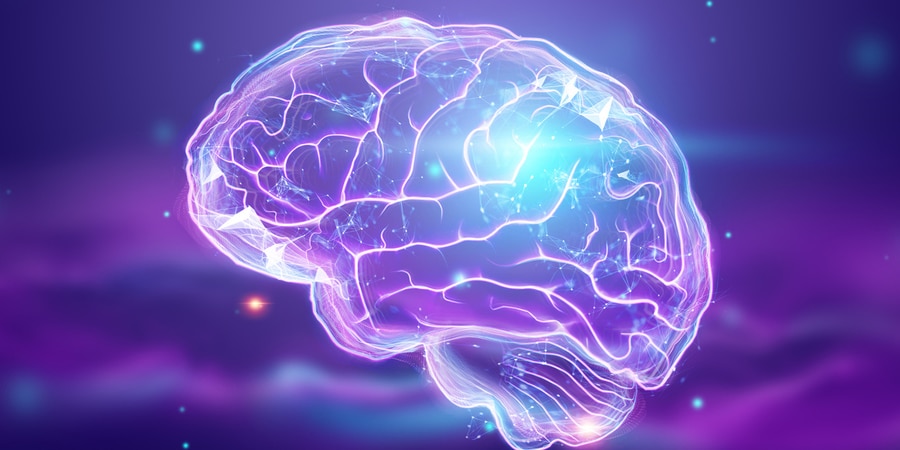
By Dr Madison Paton, Researcher, CPA
Edited by Dr Megan Finch-Edmondson, Researcher, CPA
Stem cells act as the building blocks for many different types of cells and tissues in our bodies. They can also divide to make even more stem cells. There is not just one type of stem cell. The term “stem cells” may be used to describe an array of different cell types and sources. The different types of stem cells include adult, embryonic and induced pluripotent stem cells.
Adult stem cells (also referred to as non-embryonic or tissue-specific) are those found in developed organs and tissues in your body. They are used in regular day-to-day body function and cell turnover, like when we shed layers of skin. This process helps to repair damage and replace cells. These stem cells generally only form limited cell types, unlike other stem cells like those from embryos.
Embryonic stem cells as the name suggests, come from human embryos. These stem cells are so early in development that they can turn into any cell or tissue in our bodies.
The other stem cell type, induced pluripotent stem cells, were only discovered in 2006 (1). These cells are much like embryonic stem cells in the way they can form any cell or tissue in our bodies. But they are unique from other stem cells because they have been created in the lab from adult tissue. This is done by taking a sample of adult tissue (like the skin) and “inducing” it to become a stem cell using special reprogramming.
You can take a look at our videos to learn more about stem cell basics and the different stem cells being researched.
Different stem cell types have different abilities and therefore may work via different mechanisms. When it comes to protecting and repairing the brain, some stem cells function to:
Regenerate/create new cells to replace the damaged areas
Secrete factors that aid recovery and repair after injury
Support and rebuild blood vessels
Reduce inflammation and other damaging processes
You can also look at our video on what can stem cells do if you are interested.
Generally, embryonic stem cells can do all these functions whereas adult stem cells are more limited in their ability. Plus, considering that stem cells may come from many different sources, each stem cell will therefore have varying abilities.
Knowing what stem cells have what effects can help us better understand how they can be used as a treatment to protect and repair the brain. We will be discussing this exciting work in future posts.
Do you have an interest in keeping informed on the latest cerebral palsy and brain research? Want to understand the fascinating world of stem cell science?
Research is a quick moving field. There are lots of new headlines in the media every week, and with this comes plenty of new information to process. We want to better inform the public and interested readers on stem cells and current research so you can understand how it may impact you.
What are the questions that the cerebral palsy community want answered about stem cells and research? We encourage questions to be submitted to us at: researchinstitute@cerebralpalsy.org.au